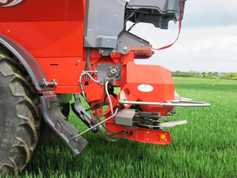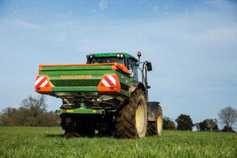Quota:
It is now crystal clear that the country will be over quota. Many processors expected milk supplies to be down in February, but as you can see in our survey results on page 6, February milk supplies were actually up relative to last year. Something may happen to spread the superlevy fine out over three years, but the fact remains it still has to be paid. For those farmers over quota or nearing your farm limit, you should do what you can now to reduce supplies. This may mean once-a-day milking, feeding surplus milk to weanlings or calves, reducing the amount of meal fed per cow, or allocating more grass or forage. Do what is best for your own situation. At current milk prices, there is no margin in supplying over-quota milk. In terms of superlevy fines, processors are waiting on the detail from EU commissioner Phil Hogan’s plans before making any changes to current arrangements. Many processors have already decided to spread the fines out over two years and others have retained between 8 to 14 c/litre already from milk cheques. Each processor has a different policy, so they will amend as the detail from Brussels emerges.
Older calves:
If weather allows and especially now that temperatures are somewhat milder, try to turn older calves out of the calf shed. I have reports from all over the country of sickness in sheds as a result of overcrowding. If vaccinating cows for scour, remember that the suck calves must get whole milk from these cows for at least seven days. I heard of one report where a farmer had vaccinated his cows for scour but had only fed whole milk for two days and subsequently the calves had become very sick.
Nitrogen: For many, it is nearly time to get a second round of bag nitrogen out and for others at lower stocking rates it is the first application. Spread on dry fields that have good grasses to maximise growth.
Problem cows:
Thin or sick cows are better off if they are milked once a day rather than putting them under pressure to milk twice a day and use up reserves they might need to recover. Cows that had trouble calving may need a wash-out within a couple of days of calving with water and metricure to allow them get better. The wash-out process can be beneficial and help to remove trapped material.
If mastitis is a problem, get an early milk recording, even if not all the cows are calved and you will soon get a handle on cell count. Stripping out quarters to check for mastitis and doing the CMT paddle test (or other automated SCC device) is the only way to get a handle on infected cows. Keeping them in a separate herd is the best option if you can make it happen.
Maiden heifers: At the very least, the lighter maiden heifers need to be out grazing so they can make up on lost weight gain. If possible let all maiden heifers out.






 This is a subscriber-only article
This is a subscriber-only article










SHARING OPTIONS: